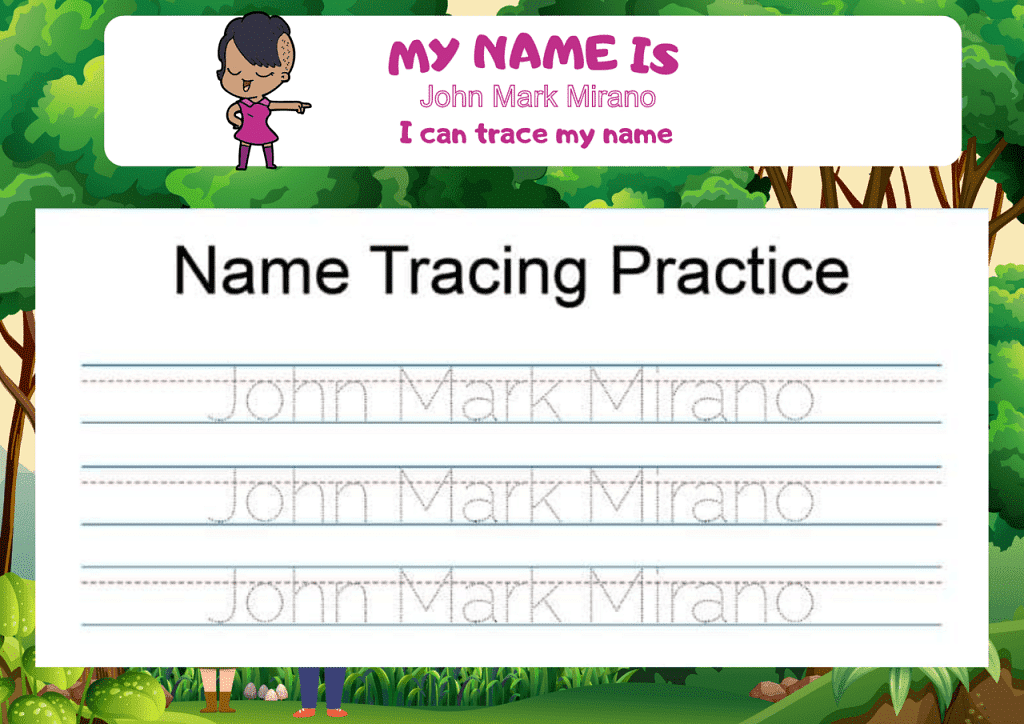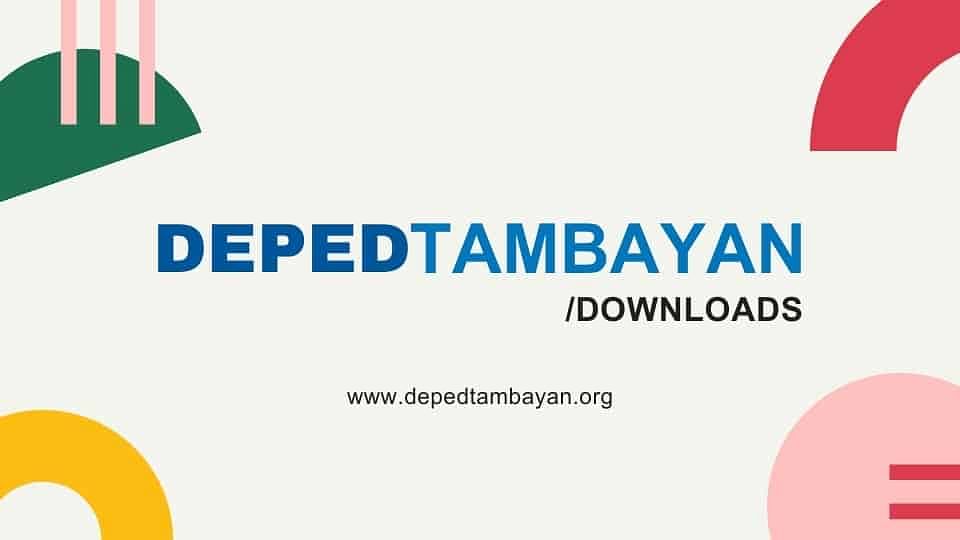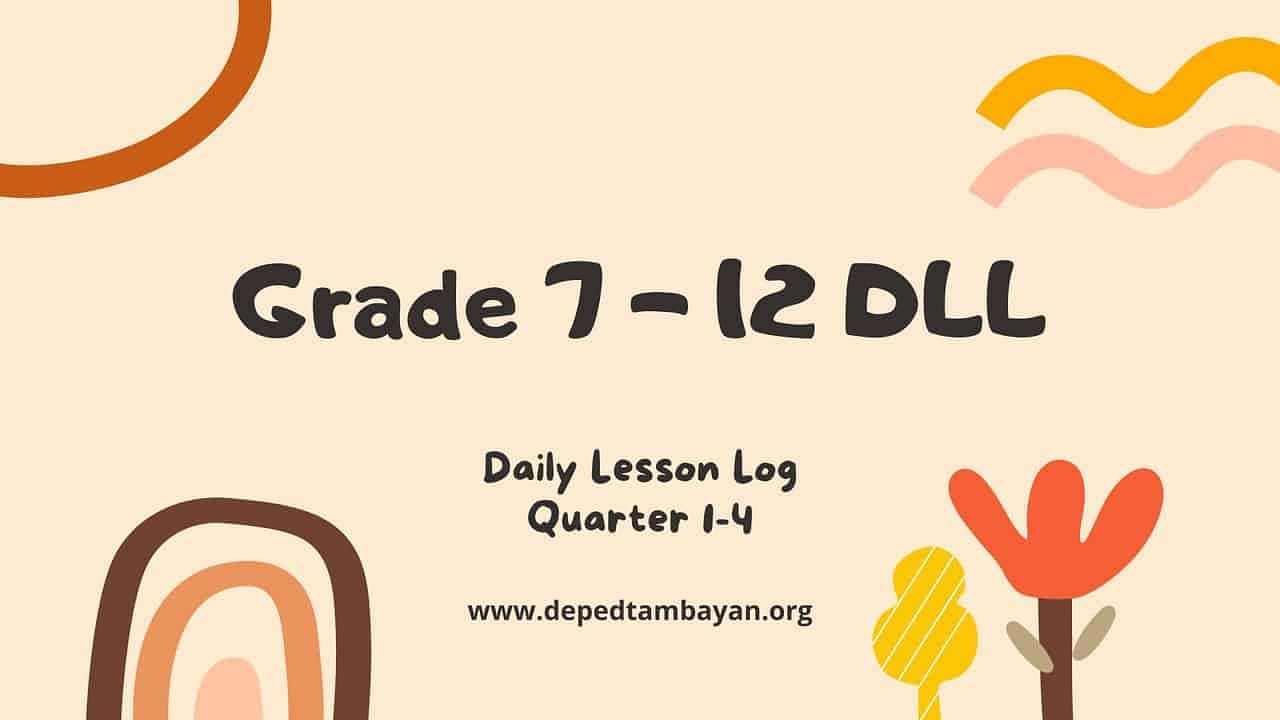Table of Contents

Name tracing is the practice of writing one’s name repeatedly, often with the assistance of dotted lines. It is a great tool for preschoolers as it helps them learn how to write their names, recognize the letters in their names, and develop their fine motor skills.
A recent survey of children in the Philippines has revealed that many are not able to write their names this year. The survey, conducted by the Philippine Department of Education, found that only 40% of children aged 5-7 were able to write their names. To help address this issue, the Department of Education has implemented several initiatives, such as providing name tracing activities to help children learn how to write their names. Through these initiatives, the Department of Education hopes to ensure that all children in the Philippines have the opportunity to learn how to write their names.
When is the right time to teach children to write their names?
Teaching children to write their names is an important milestone in their development. This is one of the most important things a child should learn at an early age.
Knowing when to start teaching children to write their names can be tricky, as it depends on the individual child’s development. Generally, children can start learning to write their names around the age of three or four. Before this age, children can practice tracing their names with their fingers or with a pencil. This activity can help them become familiar with the letters of their name and the correct formation of each letter. Once they are ready, they can start writing their name with a pencil. It is important to provide plenty of encouragement and praise to help children feel confident and motivated to learn.
How does name tracing engage the attention of kids?
Catching the attention of kids can be a difficult task. Kids are easily distracted and can quickly lose interest in activities. To keep kids engaged, it is important to provide activities that are fun and interactive.
Activities such as name tracing can help capture the attention of kids. Name tracing is a fun and engaging way for children to learn how to write their names. Thus, it was a great way to catch your child’s attention. They will not only learn but will also have fun.
By providing activities that are engaging and interactive, parents and teachers can help keep kids focused and help them learn in a fun and effective way.
Tips for making name tracing fun and engaging for preschoolers
- Use multi-sensory activities – Incorporate activities that stimulate multiple senses. For example, you can use sand, shaving cream, or even paint to write the letters of the child’s name. This will make tracing feel more like playtime and less like a chore.
- Make it colorful – Use bright and colorful markers, crayons, pencils, or pens for tracing. This will catch the child’s attention and make the activity more appealing and will also help keep kids engaged and allow them to express their creativity.
- Start with a warm-up activity – Before jumping into tracing the name, start with a warm-up activity that focuses on the formation of the letters in the child’s name. You can use play dough, pipe cleaners, or even string to create the letters.
- Use games and activities – Incorporate games and activities that encourage the child to engage with the letters in their name. For example, you can play letter-matching games or scavenger hunts where the child has to find the letters of their name around the room.
- Use technology: Some apps and websites can help make name tracing fun, such as tracing apps or interactive whiteboards.
- Celebrate progress – Celebrate the child’s progress by praising their efforts and displaying their work. You can also give them rewards or small prizes for completing the activity. This will motivate them to continue practicing and perfecting their name-tracing skills.
Remember, it’s important to keep the activity light and fun to encourage your preschooler to enjoy learning and developing their skills.
By making name-tracing activities more fun, parents and teachers can help keep kids engaged and help them learn how to write their names in a fun and effective way.
Note: The key to creating engaging name-tracing activities and worksheets is to make the activity interactive for children so that they enjoy learning and practicing their skills.
What are the benefits of using name tracing in early education?
Name tracing is a great tool for early education because it helps children develop several important skills. It is a great way to introduce children to the basics of writing from a young age.
First, it promotes fine motor skills and hand-eye coordination as children learn to control a writing tool and create precise movements. Second, it encourages letter and name recognition as children learn to identify and write their names.
Third, it helps with letter formation and the practice of writing letters in the correct order.
In addition to these practical benefits, name tracing can also help children develop a sense of identity and self-confidence as they see their names written out. This can be a powerful tool for building a positive self-image and encouraging children to take pride in their individuality.
Overall, name tracing is a fun and effective way to support children’s early learning and development.
What are the skills developed through name-tracing and how will they use them in the future?
Name tracing is a great way to help children develop a variety of skills. By tracing the letters of their name, children can learn the correct formation of each letter. This activity can also help children develop their fine motor skills and handwriting.
Additionally, name tracing can help children develop their cognitive skills, such as problem-solving and memory. By providing children with a fun and interactive activity, they can learn how to write their names while also developing many other skills.
These skills are essential for kids as they grow and develop, and can help them in school and their future careers. Thus, it is a great activity for them to learn important skills that will help them in the future.
How does name tracing help parents in teaching their children?
Busy parents often struggle to find the time to teach their children. With work, family, and other commitments, it can be difficult for them to find time to sit down and help their children with their studies. Considering that you will need a lot of patience and perseverance, especially with the young ones. It will take a lot of time.
Fortunately, there are a variety of online resources that can help busy parents teach their children conveniently and effectively. Technology makes a lot of things easier. Today, we now have a lot of free downloadable worksheets/materials such as name tracing generators that can help children to learn faster than usual and makes it easier for parents to teach their kids.
What are the best name tracing resources available online? 6 websites you can check
- Education.com – This website provides free name tracing worksheets that can be customized with your child’s name. They offer several different styles of tracing sheets in both print and cursive handwriting.
- NameTrace.com: This website offers customizable name tracing worksheets that allow you to select the font and size of the letters, as well as the number of letters and words per line.
- Handwritingworksheets.com: This website is dedicated to creating custom handwriting worksheets, including name tracing sheets.
- ABCya.com: This website offers a fun and interactive name-tracing game for kids, where they can practice writing their names while completing a variety of challenges.
- Kidslearningstation.com: Kids Learning Station offers a variety of printable name tracing worksheets, as well as other educational materials for kids.
- You may also try our “Free Name Tracing Generator” at https://commons.ph/name-tracing-generator/ This name tracing generator is a fun tool that allows you to create custom tracing worksheets for names or words. It’s a great way to help children learn how to write their names or practice spelling words. Give it a try!
Read our article in making name tracing worksheets for preschoolers. You will also learn how to make customized name tracing.
These resources are all great options for parents and educators looking to support children’s name-tracing skills.
What is the best font for name tracing?
When it comes to choosing a font for name tracing, it’s important to choose a font that is easy to read and simple for young children to trace. The best fonts for name tracing are usually those that have clear, legible letters with simple strokes such as Arial, Century Gothic, Comic Sans, and Block letters.
However, it’s important to keep in mind that some children may find certain fonts more difficult to trace than others, so it’s always a good idea to let your child try different fonts and see which one they feel most comfortable with.
Almost all children have learned to write their names through the help of tracing materials. It only shows the importance of having such kind of worksheets when planning to teach young ones to write their names.
Name tracing is a great activity for young kids. It helps them get better at writing and reading. It also makes learning fun and personal. Parents and teachers can use name tracing to help kids feel good about themselves. Doing this will help kids do well in school and enjoy learning.
updated: 4/19/23
SIGN UP TO DEPED TAMBAYAN NEWSLETTER
Join our Facebook Community and meet with fellow educators. Share and download teaching materials. Get important updates and read inspiring stories.

